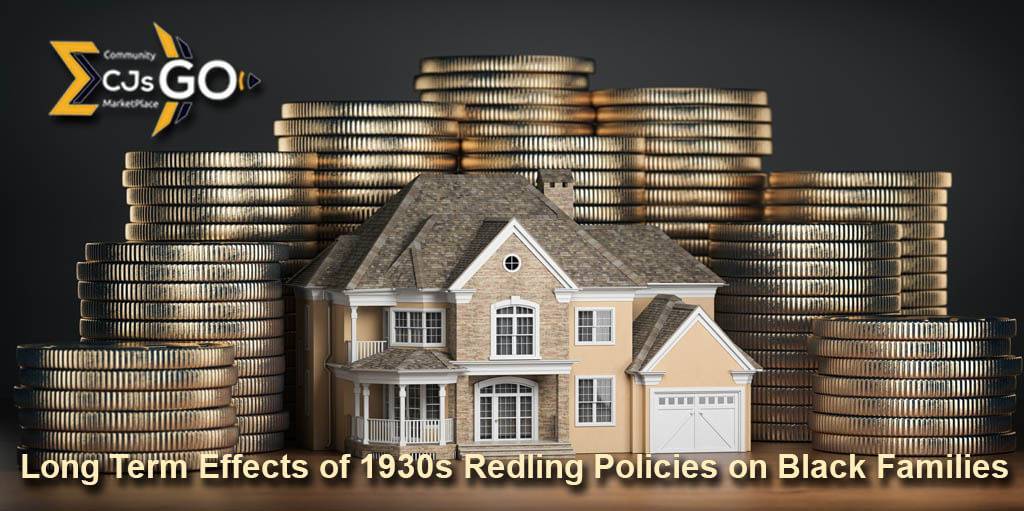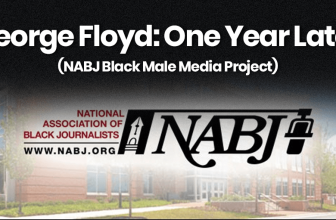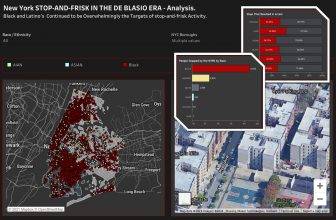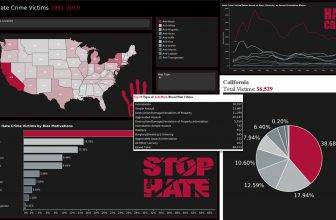
| Listen to article |
Redlining’s Legacy of Inequality equates to $212,000 Less Home Equity and Low Homeownership Rates for Black Families.
1930s-era housing policy continues to widen the racial wealth gap as homeowners in redlined areas have earned 52% less in home equity
The typical homeowner in a neighborhood that was redlined for mortgage lending by the federal government has gained 52% less—or $212,023 less—in personal wealth generated by property value increases than one in a greenlined neighborhood over the past 40 years, according to a report from Redfin (www.redfin.com), the technology-powered real estate brokerage.
Black homeowners are nearly five times more likely to own in a redlined neighborhood than in a greenlined neighborhood, resulting in diminished home equity and overall economic inequality for Black families. Chicago Redfin agent Brittani Walker said her hometown is an apt example of how redlining continues to contribute to segregation.
Quote:
“It’s a tale of two cities in Chicago. It goes back to redlining when Black residents lived in certain neighborhoods and white people lived in others, and the difference in home value and segregation between those places has been exacerbated by policy, education, wage inequality, and so many other issues,”“I hear the systemic problems every day when I talk to clients. Homebuyers have boundaries they’ve set for themselves, or a friend of a friend has set for them. They don’t want to buy in certain neighborhoods, especially on the South Side in formerly redlined areas, because those places don’t get the culture, the restaurants, the fun events, they don’t even get healthy food at grocery stores. And that contributes to why home prices don’t go up in those neighborhoods.”
Redfin agent Brittani Walker
The racist lending practice effectively blocked Black families from obtaining loans by assigning low mortgage security ratings to predominantly Black neighborhoods and color-coding them in red on maps. Though redlining was outlawed in the 1960s, it remains a major factor in today’s wealth gap between Black and white families across the country.
Lack of access to credit, discrimination against minorities buying homes in greenlined neighborhoods, and being prevented from buying homes in their own neighborhoods led to significantly lower homeownership rates for Black families than white families. The national homeownership rate is lower for Black families than white families—44.0% versus 73.7%.
Quote:
“More than half a century after it was abolished, redlining continues to dictate the racial makeup of neighborhoods and Black families still feel the socioeconomic effects of such a discriminatory housing policy,”“Black families who were unable to secure housing loans in the neighborhoods where they lived have missed out on one of the major ways to build wealth in this country. And even families who were able to buy homes in their neighborhood after redlining ended haven’t earned nearly as much home equity as people who bought homes in neighborhoods that were considered more valuable.”
Redfin chief economist Daryl Fairweather
In Greenlined Neighborhoods, the Homeownership Gap Between Black and White Families Expands
Since 1980, the homeownership rate for Black families in greenlined neighborhoods dropped from 50.4% to just 44%, while the rate for white families rose 4.1 percentage points to 71% in 2017, which was the most recent data available during this analysis. That makes for a 27 percentage-point homeownership gap between Black and white families in “best” neighborhoods, up from a 16.5 percentage-point gap 40 years ago. The gap has widened in all neighborhood types except those that were formerly redlined, where Black and white families both have relatively low homeownership rates (29.8% and 45.6%, respectively).
Quote:
“The expanding homeownership gap between Black and white families can in part be traced back to diminished home equity due to redlining, as it’s one major reason why Black families today have less money than white families to purchase homes either as first-time or move-up homebuyers,”“It’s important to note that other factors play a role in lower homeownership rates for Black families, too. For instance, employment discrimination prevents Black workers from earning equitable income.”
Redfin chief economist Daryl Fairweather
In some areas, the difference is more pronounced. The homeownership rate for greenlined areas in Atlantic City, NJ is just 14.8% for Black families, versus 75.3% for white families. That’s a bigger gap than any other metro. It’s followed by Fresno, CA, where the “best” area homeownership rate for Black families is just 2.5% compared to 62.6% for white families, and Greensboro, NC (9.3% versus 67.7%).
Redlined vs. Greenlined: Identical Homes but Very Dissimilar Equity
In formerly redlined neighborhoods, the typical homeowner has earned $196,050 in home equity since 1980, versus $408,073 for greenlined neighborhoods. Homeowners in former “still desirable” and “definitely declining” neighborhoods have also missed out on sizeable home equity compared to those in greenlined neighborhoods.
While the median home equity in redlined neighborhoods has seen a bigger percentage increase since 1980 than those in greenlined neighborhoods—292% versus 204%—it’s largely because equity in redlined neighborhoods started out so low.
Lack of Equity in Redlined Areas Pervades Across the U.S., With One Exception
Overall, 2017 homeownership rates are lowest for both white and Black families in former redlined neighborhoods. And home equity in former greenlined neighborhoods outstrips former redlined neighborhoods in 40 of the 41 metros in this analysis.
The starkest example of the imbalance is in Warren, MI (a Detroit suburb), wherein 2019 the typical homeowner in a former A area had 1,309% more home equity than one in a redlined area—$634,000 versus $45,000.
Philadelphia is the only exception: The median home equity for the greenlined neighborhoods is 40% less than it is in redlined neighborhoods: $160,000 versus $268,000.
Quote:
“Philadelphia is currently grieving over the deaths of George Floyd, Ahmaud Arbery, Tony McDade and Breonna Taylor and some neighborhoods such as Center City, and parts of West Philadelphia and Kensington have experienced damage despite otherwise peaceful protests,”“This may change some dynamics of the real estate market while neighborhoods recover. But as of a few months ago, some of the formerly redlined neighborhoods were among the most desirable areas in the city, like parts of Fairmount and Northern Liberties. Those neighborhoods have two things a lot of the former ‘best’ neighborhoods do not have: vacant land and proximity to downtown, both of which are valuable to modern homebuyers. Vacant lots in formerly redlined neighborhoods also allow for newly built homes, which tend to sell for more than older homes.”
Redfin agent Mason Gallik
New York and San Jose both have relatively smaller gaps in home equity gains between former greenlined and redlined neighborhoods. That’s likely because both are job centers with high wages and in-demand housing, and in each home prices have risen substantially in almost every neighborhood.
But rising home values throughout all redlining categories in New York and San Jose doesn’t mean Black Americans there have benefited. The Black homeownership rate in both areas is lower than the national average of 44%: just 32.4% in New York and 32.4% in San Jose.
To read the full report including charts and methodology, please visit: https://www.redfin.com/blog/redlining-real-estate-racial-wealth-gap/





